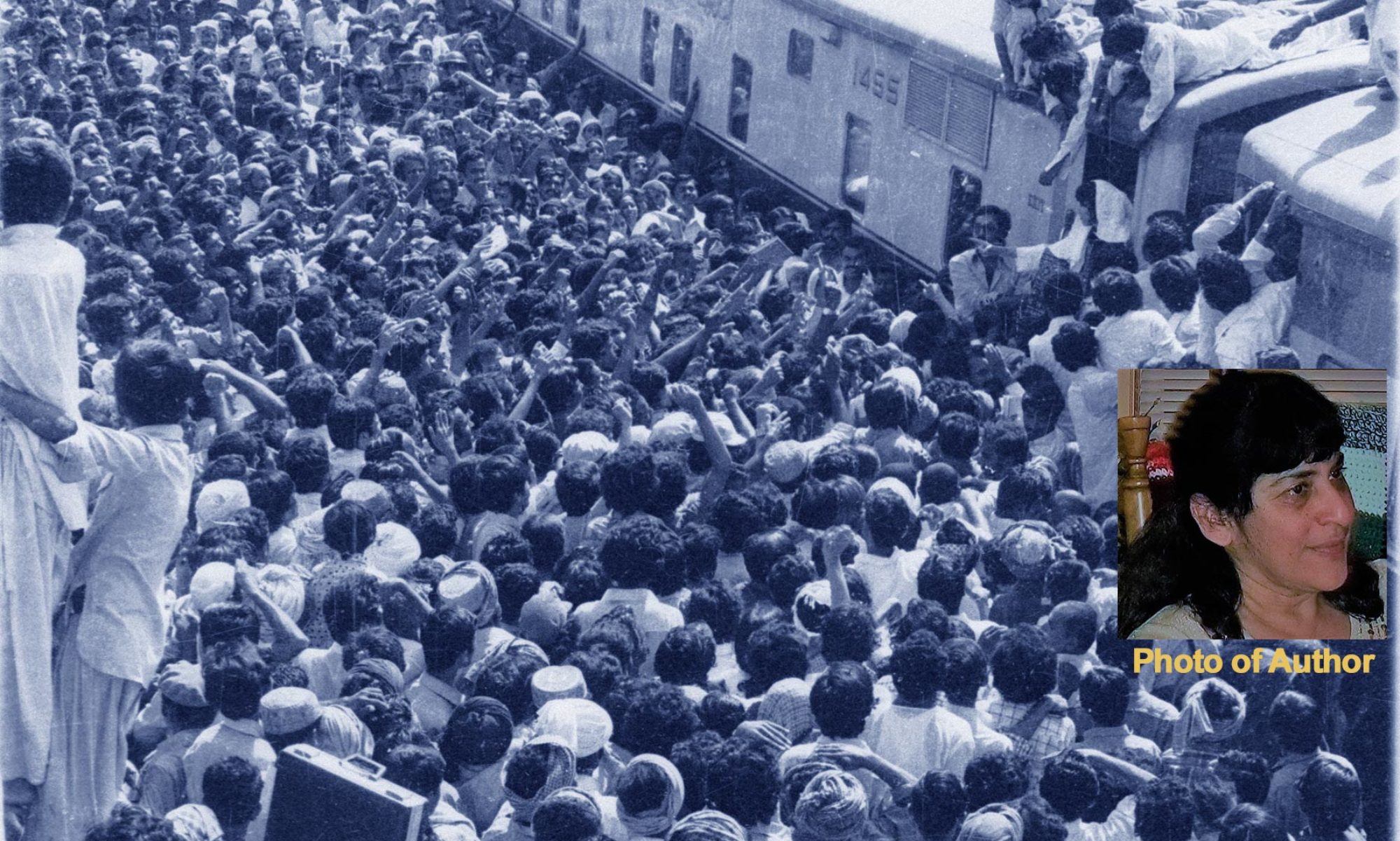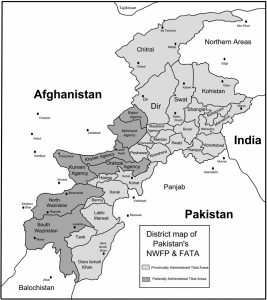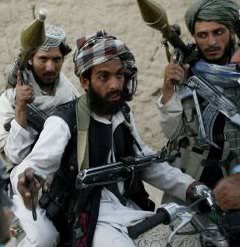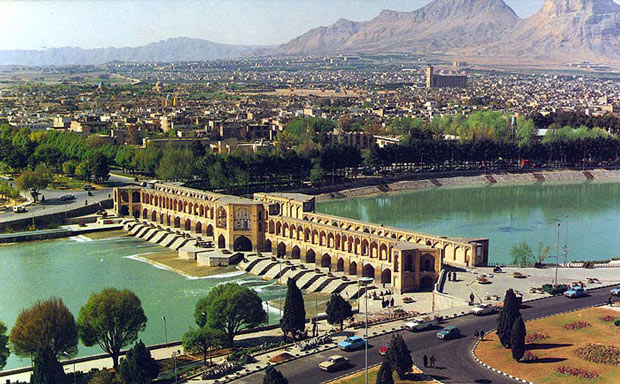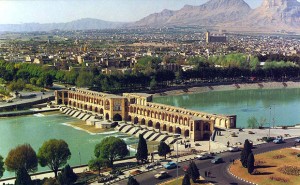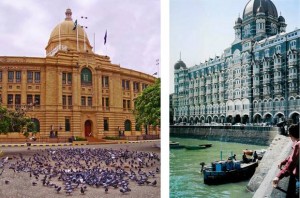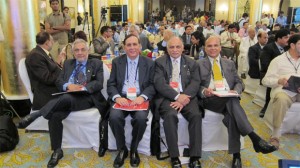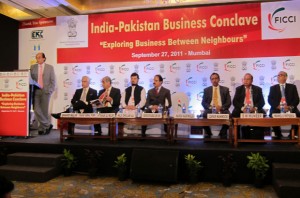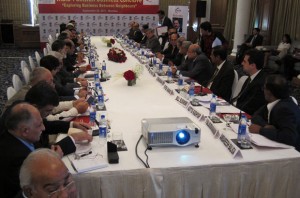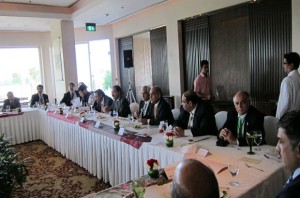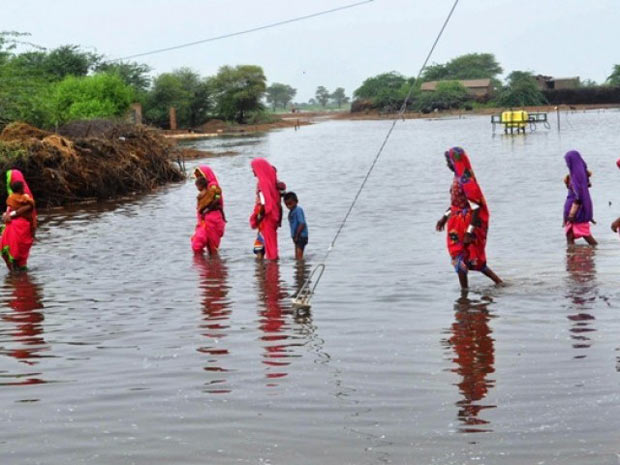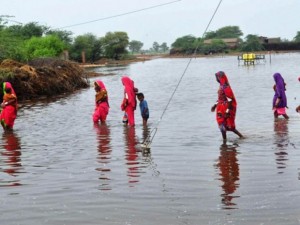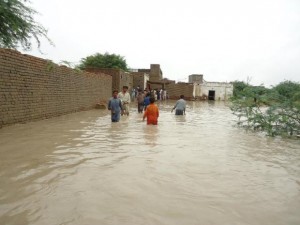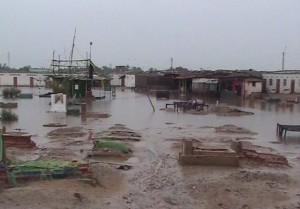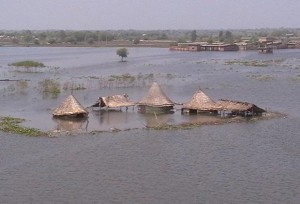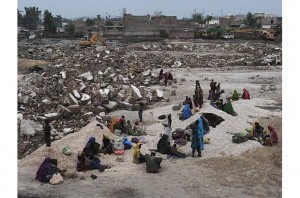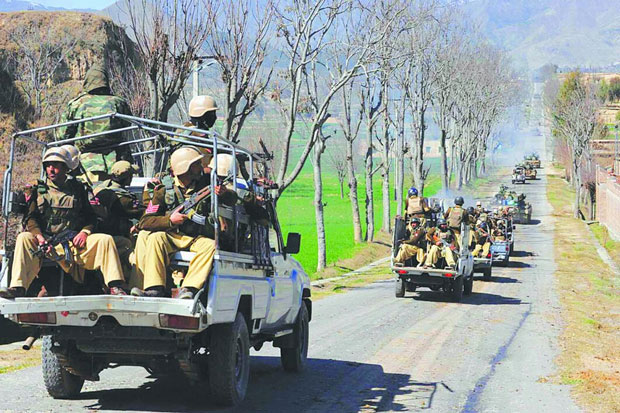
KARACHI – Civil society organisations have condemned the November 7 slaying of three Hindus in Shikarpur District, Sindh Province, calling the murders an extremist effort to destroy Sindh’s secular and Sufi fabric.
Three Hindu men, including two doctors, were gunned down November 7 in Char. A Muslim cleric incited Bhayo tribesmen to attack them because they had intervened to help two young Hindu men accused of assaulting a Muslim girl, local media reported.
Denunciation of the violence was swift and came from all levels of society and government.
Prime Minister Yousuf Raza Gilani strongly condemned the “abhorrent murder” and directed authorities to bring those responsible for the killings to justice. Gilani told Sindh Chief Minister Qaim Ali Shah November 9 that the “perpetrators must be arrested and the law must take its course,” media reported.
Police have arrested 11 of 15 suspects and are pursuing the other four, media reported.
Forced Conversions :
On November 11, more than a dozen representatives of various organisations – including the Pakistan Medical Association, the Pakistan Hindu Council (PHC) and the Human Rights Commission of Pakistan – appeared at the Karachi Press Club and other press clubs and demanded the government protect all minorities.
They expressed concerns over the kidnapping of Hindus in Sindh and Balochistan, forced conversions to Islam, and harassment.
“The Prophet Muhammad didn’t convert anyone forcibly. How could His followers could do the complete opposite?” asked Dr. Samreena Hashmi, president of the Pakistan Medical Association Sindh.
“There is an unfortunate trend of converting Hindus, and in these days, a number of cases have emerged in which girls from the community are forced to convert,” she said.
Her contention was supported by a scholar and a human rights group.
“People of all sects and religions have been living in Sindh peacefully for centuries,” she said, charging that the slaying of the three Hindus represented a conspiracy to divide Sindh along sectarian lines.
“In recent years, hundreds of Hindu girls have been forcibly converted or encouraged to marry Muslims, threatening the secular colour of Sindh society,” Dilshad Bhutto, a Sindhi intellectual, told Central Asia Online, adding that religious groups and institutions have extended moral and financial support to such practices.
In a November 11 statement, the Hong Kong-based Asian Human Rights Commission warned of “very common” forced conversion of Hindu women to Islam in Sindh.
Target killings force docotrs to emigrate :
Targeted killings of doctors are a problem Hashmi said, adding that last year extremists and extortionists killed 8-10 physicians.
“People of all sects and religions have been living in Sindh peacefully for centuries,” she said, charging that the slaying of the three Hindus represented a conspiracy to divide Sindh along sectarian lines.
An increase in faith-based violence, especially in Sindh in the past few years, has compelled members of the Hindu community to migrate to other countries, said Dr. Ramesh Kumar Vankwani, patron in chief of the PHC and former member of the Sindh Assembly.
The frequency of kidnapping Hindus for ransom has risen alarmingly in recent years, forcing many families to emigrate to India and other countries, media reports suggest. One high-profile Hindu who fled is Ram Singh Sodho, a former member of the Sindh Assembly who resigned his seat and took refuge in India following threats from militant groups.
Nobody has compiled statistics on how many Hindus have fled Pakistan fearing for their lives, Vankwani said. However, more than 1,000 such families have left Sindh in recent years, he said.
Hindus, Christians and other religious minorities comprise about 5% of Pakistan’s population, according to official statistics.
Situation worsens since 2007
The situation in Sindh has markedly worsened for Hindus since 2007, Vankwani said, complaining of an increase in targeted killings, extortion, looting, kidnapping, religion-based discrimination, and troubles linked to their places of worship.
The deterioration reversed improvements in tolerance that occurred nationwide from 1999 to 2007, he said.
“The Hindu community has been in Sindh for the last 1,000 years and has major shares in the cotton and rice industry,” he told Central Asia Online. “Also, the community is the highest taxpayer, but today we are being targeted simply because we are peace-loving citizens.”
Extremism stems from the militancy and drives killings and other attacks on minorities, said Anees Haroon, women’s rights activist and head of the Women’s Action Forum.
“It is high time for political parties, civil society, enlightened religious scholars and media to act together to prevent such insanity in the interfaith tranquil province of Sindh,” she said.
